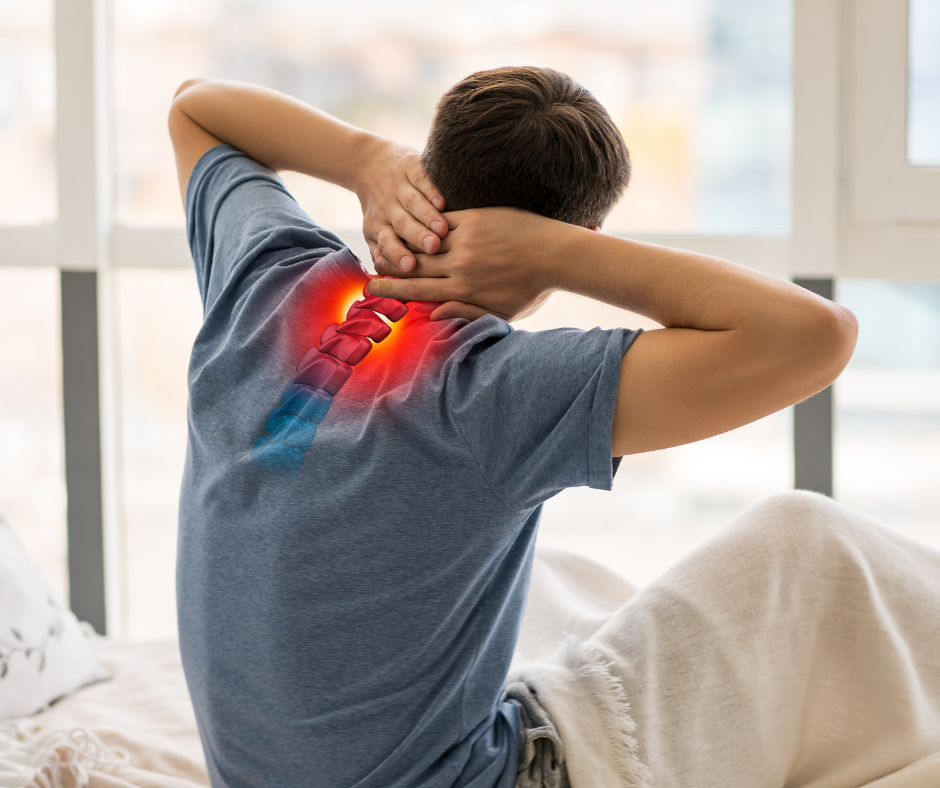How Does Cold Weather Cause Back Pain?
How Does Cold Weather Cause Back Pain?

Winter is more than cozy sweaters, hot chocolate, and holiday cheer. Sadly, it’s also the season when many people experience increased back pain. If you’ve ever wondered why your back feels stiffer or aches more in the colder months, you’re not alone—and, luckily, we have the answer.
Cold Weather Stiffens Muscles and Joints
One major culprit behind winter back pain is how cold temperatures affect your muscles and joints. In colder weather, our bodies tend to stiffen up because muscles naturally contract to conserve warmth. When muscles are tight, they become less flexible and more prone to strain, increasing the likelihood of back pain.
The stiffness doesn’t just affect muscles; joints can also feel more rigid, reducing your range of motion and making even simple movements more challenging. For those who already deal with conditions like arthritis or muscle tightness, this extra stiffness in the winter can make symptoms much worse.
Barometric Pressure Changes
The temperature isn’t the only environmental factor at play. Cold weather often comes with changes in barometric pressure, which is the weight of the atmosphere pressing down on the Earth. When barometric pressure drops, the tissues in your body may expand slightly, leading to increased pressure on your joints and, ultimately, more pain. This phenomenon is why people with chronic pain conditions often “feel it in their bones” when bad weather is approaching. For many, the lower pressure in winter can worsen back pain and make even small movements more uncomfortable.
Less Physical Activity in Winter
Many people find themselves less active when winter rolls around. Shorter days, cold temperatures, and less outdoor accessibility can make it tempting to stay indoors and skip exercise. While it’s understandable, being less active can actually worsen back pain. Regular movement keeps your muscles strong and helps prevent stiffness.
When you’re sedentary, however, your muscles weaken, and your spine may lose some of the support it needs to stay properly aligned. A lack of physical activity can also slow blood circulation, which helps deliver oxygen and nutrients to your back muscles, keeping them healthy and reducing pain.
Poor Posture from Staying Indoors
Another contributor to winter back pain is poor posture, especially when people stay indoors more. It’s easy to slouch or spend more time on the couch, hunching over a laptop, or binge-watching TV. All these indoor activities can lead to poor posture, which puts extra strain on the back. A misaligned spine can cause pain, particularly in the lower back, and as a result, you may feel more discomfort as the days grow colder.
Winter Weight Gain
It’s no secret that many people gain a bit of weight over the winter months. With holiday treats, hearty meals, and fewer outdoor activities, it’s easy to add a few extra pounds. Extra weight, however, places more stress on the spine, especially in the lower back area. Even a small increase in weight can shift your center of gravity and affect your posture, putting strain on muscles that support the spine. For those already struggling with back issues, even minor winter weight gain can intensify pain or discomfort.
Seasonal Depression and Stress
Believe it or not, your mental state also affects how you experience physical pain. During the winter months, many people experience seasonal affective disorder (SAD) or a general dip in mood due to shorter days and less sunlight. Depression and stress can heighten pain perception, making existing back pain feel worse. Stress often causes people to tense their muscles unconsciously, especially in the neck, shoulders, and back. If you're feeling down or anxious, it might contribute to how much you feel back pain, adding yet another layer to winter discomfort.
Slippery Conditions and Increased Risk of Injury
Winter brings icy sidewalks, snowy roads, and slick outdoor surfaces that increase the risk of falls and slips. Unfortunately, these accidents can lead to back injuries, especially if the fall is sudden or forceful. For those already dealing with back pain, even a minor slip can aggravate the condition, causing inflammation or further strain. This factor alone can make winter a more painful season for many people, especially those living in colder, snowy climates.
When to Seek Help
If your back pain is persistent or severe, consider reaching out to a healthcare provider. Physical therapy, chiropractic adjustments, or massage therapy can often provide significant relief. A professional can evaluate the specific cause of your pain and suggest treatments tailored to your needs.
At
Arkansas Spine and Pain, we can help you no matter the season.
Contact us today to find the pain relief you need to put a spring back in your step!



